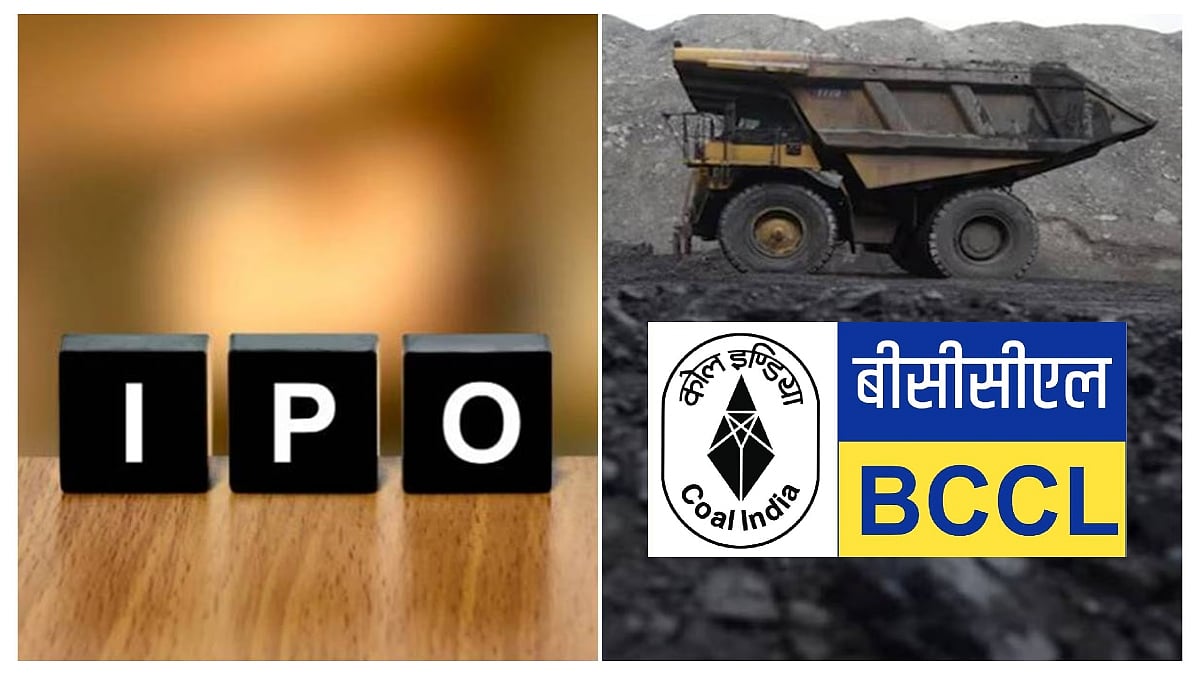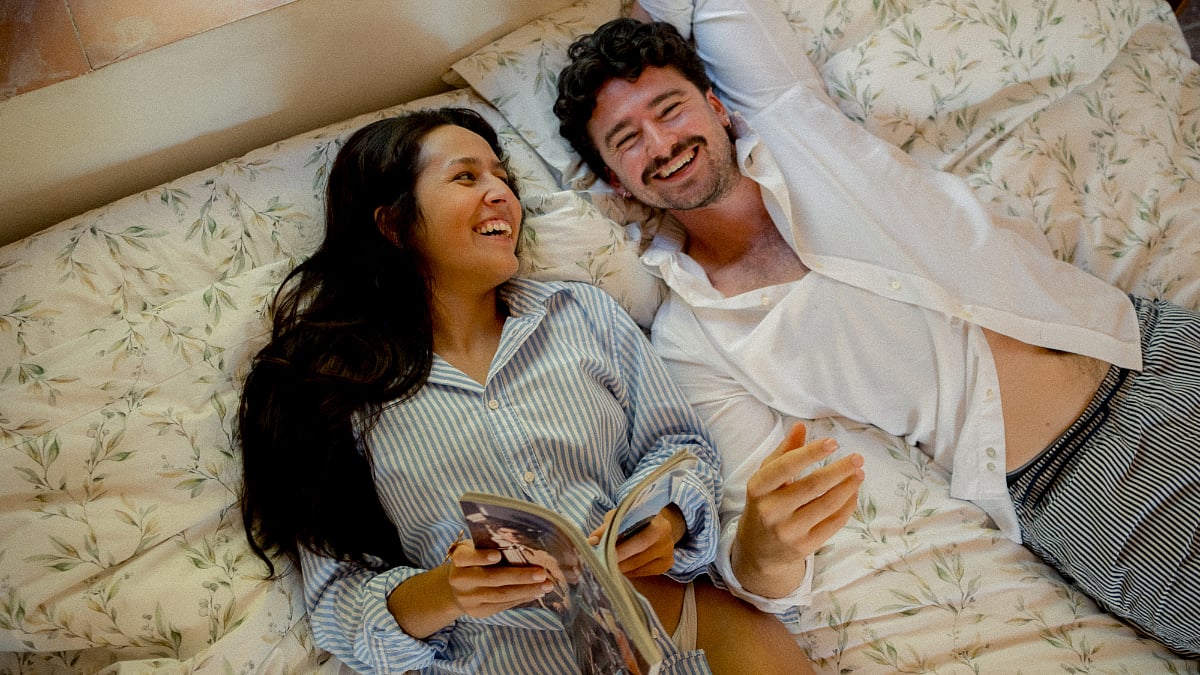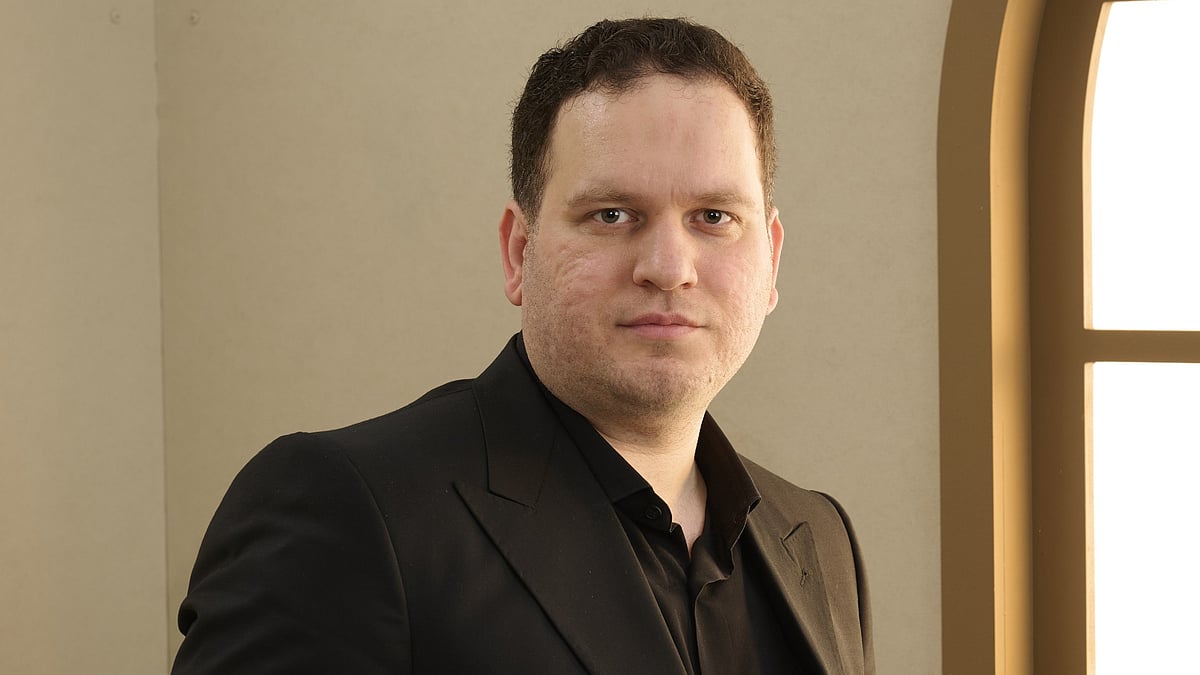FIVE days after the untimely demise of 55-year-old Rampur-Sahaswan gharana vocalist Ustad Rashid Khan, Hindustani classical music fans received another shocking piece of news. The great Kirana singer Prabha Atre passed away in Pune on January 13 at the age of 91. She was to perform the following day at the Gaanprabha Hridayesh Festival in Vile Parle, Mumbai, an indication that she was active till the very end.
It wouldn’t be an exaggeration to say that Atre’s contribution to Hindustani music was unique, almost singular. She was one of those personalities who could be described as a ‘complete musician’ or an ‘all-round musician’. After all, how many have simultaneously and consistently excelled as performing artistes, gurus, composers, researchers, scholars, thinkers, authors and concert organisers?
Though the larger audience has known her primarily as a vocalist, the Padma Vibhushan recipient played all these roles. She was music personified. What’s even more significant is that she did not come from a musical family, and started taking singing lessons at the age of eight. As a youngster, she was involved in theatre, learnt Kathak, did a course in western music theory, and had degrees in science and law. How multi-talented is that?
Despite her concert schedule and regular classes with students, Atre spent much time on research, having authored many books on the nuances of singing. An Amazon search reveals 12 such books in English or Hindi, besides four currently-unavailable titles. Her books Enlightening The Listener, Along The Path Of Music and the Swara series are considered essential reading by many students. She also did her thesis on use of sargams.
As a dedication to her gurus Sureshbabu Mane and Hirabai Badodekar, Atre started the Sureshbabu-Hirabai Smruti Sangeet Samaroh in 1992. She headed the department of music at the SNDT Women’s University in Mumbai. In keeping with changing technology, she started a YouTube series SwaraArpan which played her rare recordings. She was also known for her path-breaking thoughts, at times leading to debate.
If one analyses Atre’s career further, two other elements need discussion. These are her role in the evolution of the Kirana gharana and her standing in the pantheon of female vocalists. Let’s look at both.
One of the leading vocal styles, the Kirana gharana was founded by the legendary Ustad Abdul Karim Khan, and carried forward by maestros Pt Sawai Gandharva and Ustad Abdul Waheed Khan. Atre learnt under the guru-shishya parampara from Mane and Badodekar, and children of Abdul Karim Khan. Saraswati Rane, the other daughter of Khan, also practiced this style, whose major features are the emphasis on individual swaras (notes) and innovative use of sargam taans. Other leading exponents were Gangubai Hangal, Pt Bhimsen Joshi, Pt Firoz Dastur, Roshan Ara Begum and Manik Verma, who trained under both Kirana and Agra styles. Singers Madhava Gudi, Channulal Mishra, Mani Prasad and Pran Nath were later representatives.
After the death of Hangal in 2009 and Bhimsen Joshi in 2011, Atre was the seniormost representative of the gharana. She even concluded the programme at Pune’s Sawai Gandharva Festival, a slot that Joshi occupied for years. Today, the gharana is represented by younger people like Anand Bhate, Jayateerth Mevundi, Kaivalya Kumar Gurav, Sanhita Nandi, Girish Sanzgiri, Milind Chittal, Bhimsen Joshi’s son Shrinivas and grandson Viraj, among others. These are besides Atre’s own disciples, and students of Pune’s Swaramayee Gurukul, which she founded. There are also senior singers like Parveen Sultana and Venkatesh Kumar, who blend Kirana technique with other gharana styles.
That brings us to Atre’s female contemporaries. While Hangal was much older, Manik Verma was a few years senior. Born in 1932, Kishori Amonkar was just five months elder to Atre. Both singers were a huge influence on the next generation of female vocalists.
Let’s end with five recommendations. Newer audiences can check out Bhaja Le Hari Naama and the Taraana in Raag Puriya Kalyan, Paar Karo Mori Naiyya in Madhurkauns, Maata Bhawani Kali in Durga, Jaagoo Main Saari Raina in Maru Bihag and Jamuna Kinarey Mora Gaaon in Mishra Manjh Khamaj. The music lives on.












